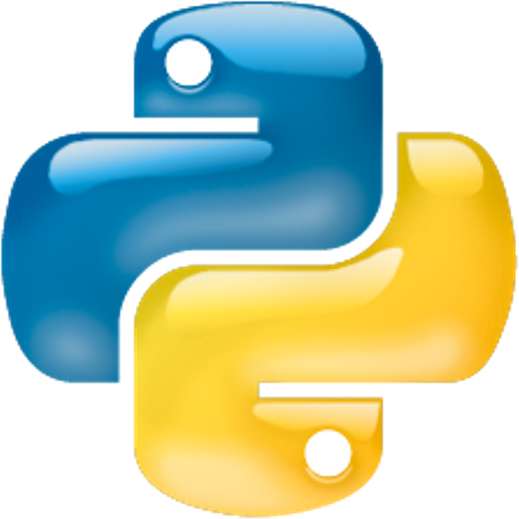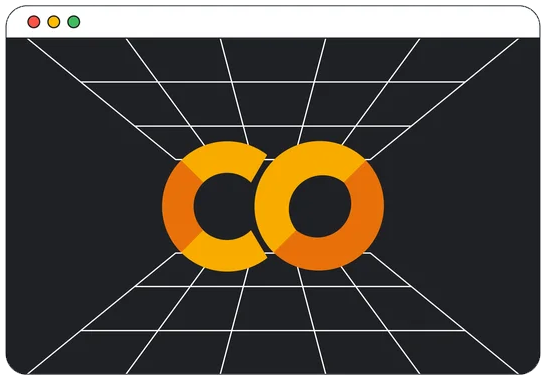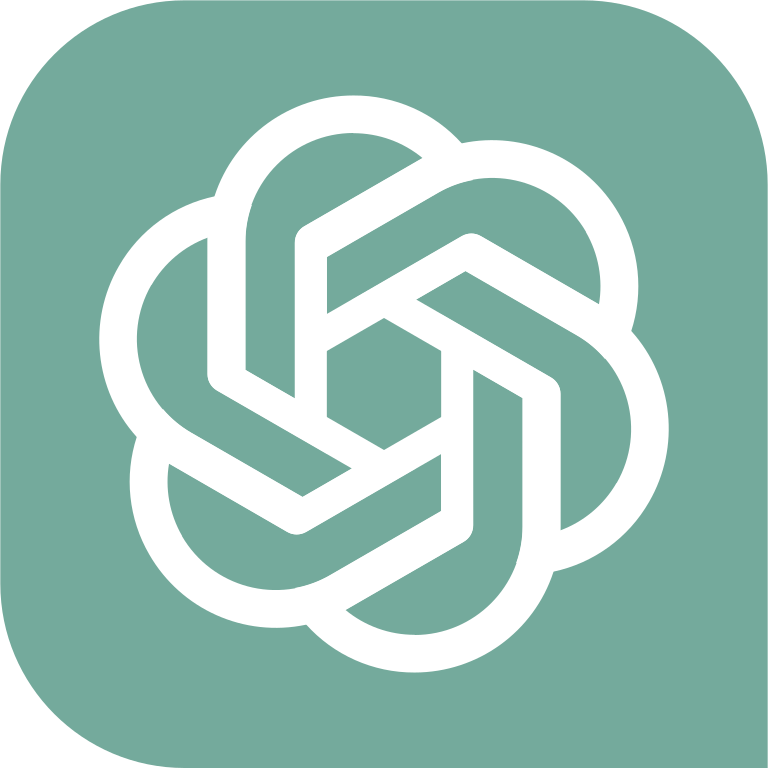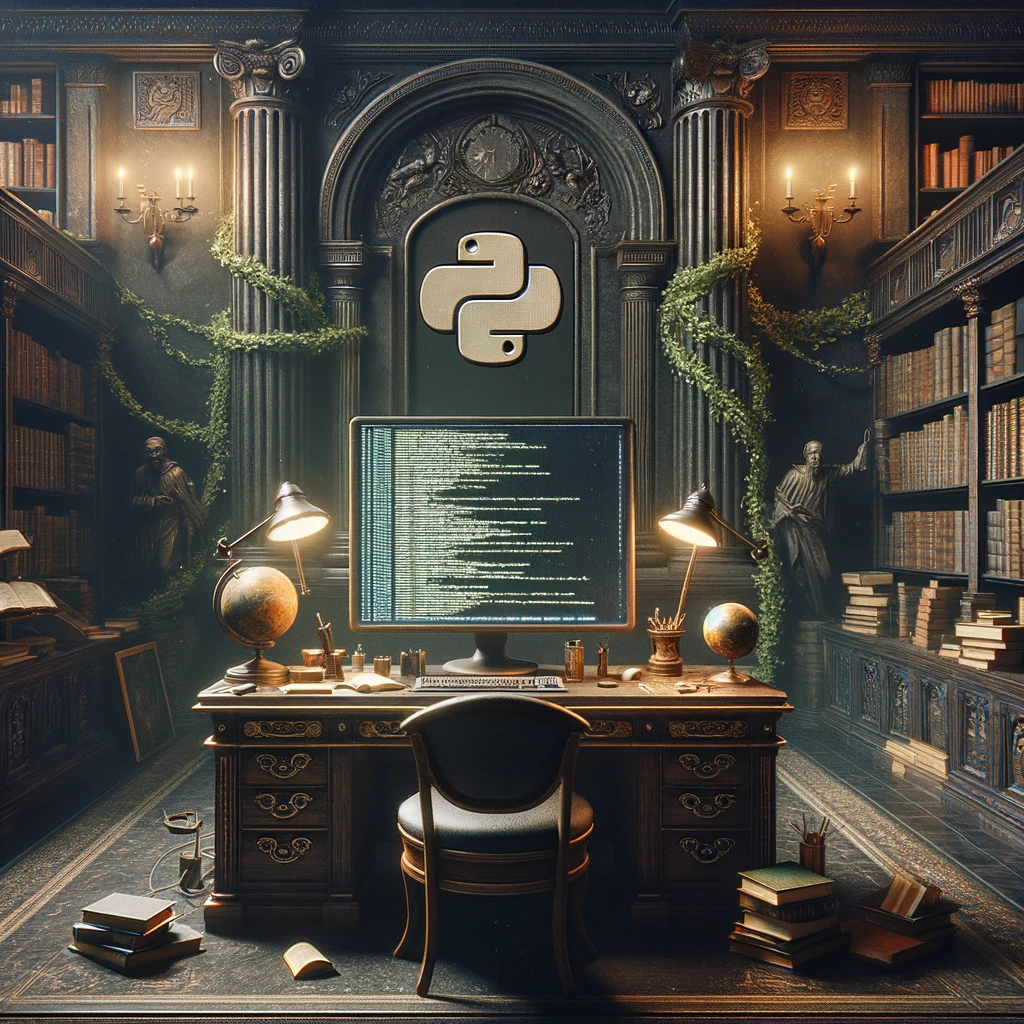Table of Contents » Chapter 5 : Disciplines : Humanities
Humanities
Overview
The relationship between the field of Humanities and Python programming is a manifestation of the digital transformation taking place across disciplines. As in many other fields, the humanities are increasingly leveraging technology for research and analysis. Python, in particular, is an accessible and versatile language that has been widely adopted in humanities for tasks such as data analysis, text mining, and visualization. For instance, historians may use Python to analyze large bodies of historical texts, while linguists may use it to study language patterns and trends. In cultural studies, Python could be used to analyze social media trends, visualize demographic data, or study patterns in digital media. This blend of traditional humanities subjects with digital tools like Python is often referred to as the Digital Humanities. The adoption of Python is enabling humanities researchers to uncover new insights in their fields and engage with their subject matter in innovative ways. Moreover, teaching Python in the humanities also equips students with valuable digital literacy skills, expanding their career opportunities in the digital age.
Chapter Contents
- Linguistics: Linguists use Python for natural language processing tasks, such as syntax tree parsing, semantic analysis, and sentiment analysis. They can analyze large amounts of text data to understand language structures, usage patterns, and cultural implications.
- History: Historians use Python to analyze historical data, conduct text mining on ancient documents, or create visualizations of historical events. They can also use topic modeling to detect underlying themes in historical texts.
- Philosophy: Philosophers can use Python to analyze philosophical texts, explore semantic networks of philosophical ideas, or to model philosophical theories and arguments.
- Literary Studies: Literary scholars use Python for text analysis, such as determining word frequency, semantic analysis, and narrative structure in literary works.
- Art History: Art historians might use Python for image analysis of artworks, studying patterns, themes, or the evolution of artistic styles.
- Cultural Studies: Researchers can use Python to analyze social media data, demographics, or other large datasets related to cultural trends and phenomena.
- Musicology: Musicologists might use Python to analyze music scores, study patterns in compositions, or explore the mathematical structures underlying music.
- Digital Humanities: This interdisciplinary field leverages Python for a multitude of purposes, from creating digital archives and databases, to text analysis and data visualization.



